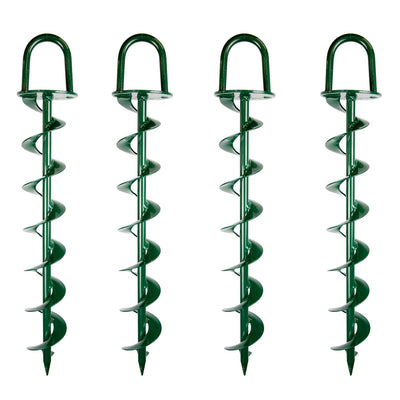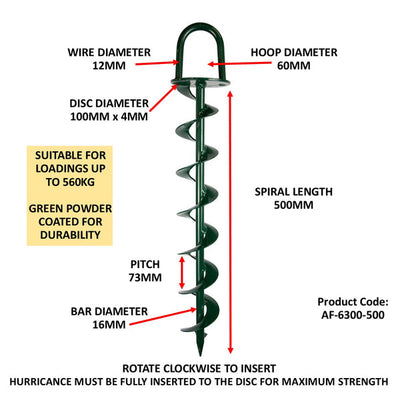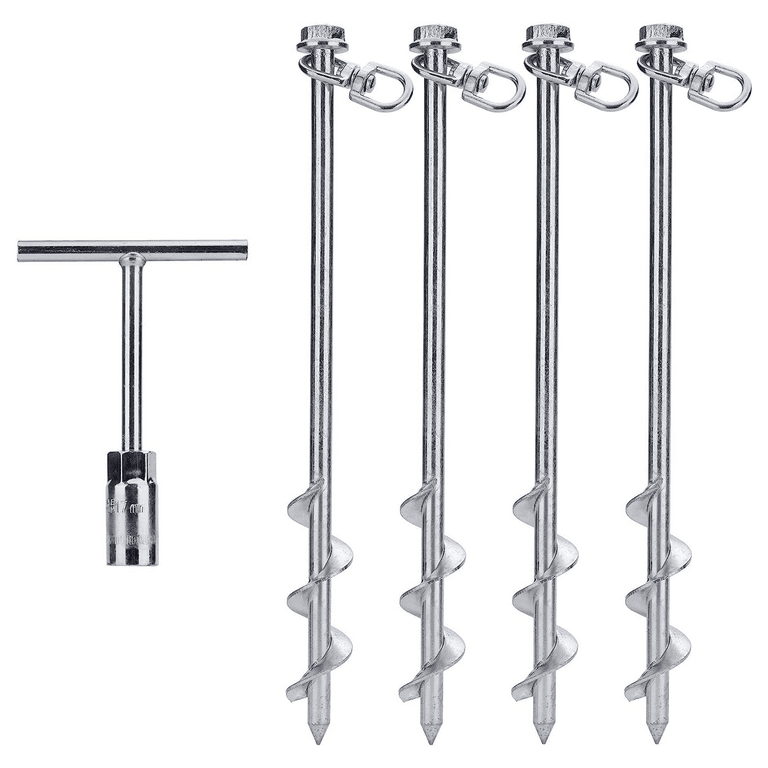Analyzing Various Ground Anchor Models to Find the Perfect Fit for Different Uses
Analyzing Various Ground Anchor Models to Find the Perfect Fit for Different Uses
Blog Article
Discover the Necessary Uses Ground Anchor in Building and Landscape Design
Ground supports are indispensable components in both building and landscape design, offering important stability and support throughout different applications. Their duty in anchoring heavy tools and boosting dirt retention emphasizes their importance in promoting security and sustainability.
Securing Fences and Gates
Protecting gates and fencings is a basic element of home delineation and safety in both commercial and residential environments. Ground supports play an important duty in making certain that these structures continue to be reliable and steady over time. By providing a durable anchoring option, ground anchors help prevent fencings from leaning or breaking down because of environmental elements such as wind, dirt erosion, or ground motion.
In residential settings, correctly anchored fences not only improve the visual charm of a residential or commercial property however also offer security and safety for households and animals. In industrial environments, safe fence is crucial for safeguarding assets, marking home limits, and guaranteeing the security of employees and clients. Ground anchors can be mounted in different soil types and conditions, making them functional for different tasks.
In addition, the use of ground supports enables a more irreversible service contrasted to typical methods, such as concrete footings, which can be labor-intensive and taxing. Ground Anchor. This performance is especially valuable in landscaping jobs where timelines are critical. In general, the combination of ground supports into fence and gate installations substantially adds to their long life, capability, and overall performance in safeguarding properties
Supporting Temporary Structures
While short-term structures are usually developed for short-term usage, their security is crucial for ensuring safety and functionality throughout their operational period. Ground supports work as an efficient solution for supporting these structures, which might consist of tents, stages, or modular buildings. By securing these installations safely to the ground, ground anchors assist resist wind uplift and lateral forces that could compromise the integrity of the structure.

Moreover, using ground supports enables easy removal and repositioning of short-term structures, making them an excellent choice for building and construction sites or events that need adaptability. In general, ground anchors are an important device in the safe and reliable monitoring of temporary frameworks, guaranteeing they execute reliably throughout their meant use.
Sustaining Retaining Walls
Utilizing ground anchors dramatically boosts the architectural integrity of preserving walls, which are vital for handling dirt erosion and preserving landscape security. Maintaining wall surfaces are subjected to side earth pressures, and without appropriate assistance, they can fail, resulting in costly repairs and prospective damage to surrounding structures. Ground supports give a reputable solution by transferring the load from the wall surface into the underlying dirt or rock, guaranteeing the wall surface continues to be upright and safe.
These anchors are normally installed at a fixed angle and deepness, permitting them to withstand the forces put in by the retained dirt. By making use of high-tensile toughness products and correct setup techniques, ground supports can significantly boost the wall's performance under different ecological problems, consisting of heavy rainfall recommended you read and seismic activity.
Additionally, making use of ground anchors can reduce the need for considerable excavation and material use, advertising even more sustainable building and construction techniques. This approach not only enhances the sturdiness of preserving walls yet additionally lessens the overall impact of landscape design projects. Integrating ground anchors in retaining wall design is a vital technique for both construction professionals and landscape architects intending to make sure long-lasting security and safety and security.
Anchoring Heavy Devices

Ground supports provide a reputable approach to protect equipment, distributing pressures evenly and enhancing security. Making use of anchors enables drivers to function with confidence, especially when lifting or moving hefty loads. Furthermore, in situations where equipment need to be positioned on soft or unstable soil, ground supports can be mounted to improve grasp and avoid tools from ending up being or sinking paralyzed.
Applying an organized method to anchoring hefty equipment not just boosts functional performance however likewise upholds security criteria on site. Routine evaluations and upkeep of anchoring systems are important to guarantee their continued performance. By focusing on the anchoring of heavy equipment, building and construction and landscape design specialists can create more secure work environments, ultimately resulting in even more successful task outcomes.
Enhancing Soil Retention

Soil erosion postures a considerable challenge in both building and construction and landscaping tasks, making efficient soil retention techniques essential. Ground anchors play a vital duty in improving soil retention by giving stability to frameworks and plants, thereby avoiding soil variation triggered by water overflow and wind.
The installment of ground supports involves installing steel rods or cords deep into the dirt, which are after that safeguarded to maintaining walls, terracing systems, or plant life. This anchoring system not only stabilizes the dirt but also enhances the overall integrity of landscaping functions. In sloped areas, ground supports can be utilized to sustain preserving wall surfaces, effectively reducing the risk of landslides and soil disintegration.
In addition, these supports assist in the facility of ingrained plants, which even more fortify the dirt framework. By motivating root growth, ground anchors add to a durable ecological community that normally holds dirt in position, minimizing the requirement for fabricated obstacles or frequent maintenance.
Conclusion
Finally, ground anchors offer several important functions in building and construction and landscape design. Their application in safeguarding gateways and fences, maintaining temporary frameworks, sustaining maintaining walls, anchoring heavy devices, and enhancing soil retention highlights their relevance in promoting safety and security and stability. By assisting in these necessary tasks, ground supports add substantially to the general stability of different tasks, making sure longevity and sustainability in both property and business settings. Their flexibility makes them an indispensable tool in modern-day construction practices.
By providing a durable anchoring service, ground supports assist stop fences from leaning or falling down due to environmental factors such as wind, soil erosion, or ground activity. - Ground Anchor
By securing these installations firmly to the ground, ground anchors assist withstand wind uplift and side forces that could compromise the stability of the framework.
Utilizing ground supports dramatically enhances the structural honesty of retaining wall surfaces, which are vital for handling soil disintegration and preserving landscape security. Ground supports give a reputable option by transferring the lots from the wall surface into the underlying dirt or read more rock, making sure the wall surface continues to be protected and upright.

Report this page